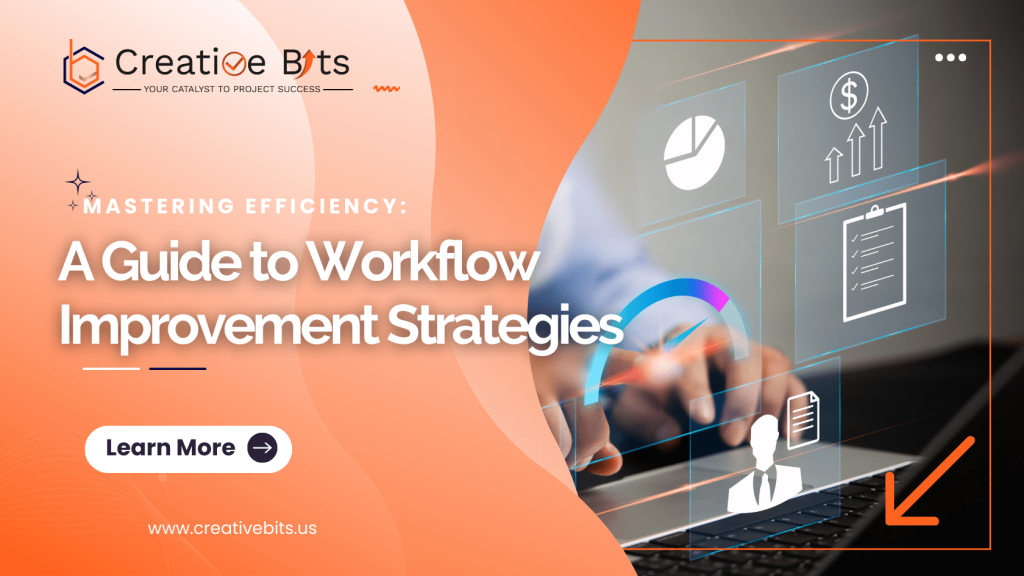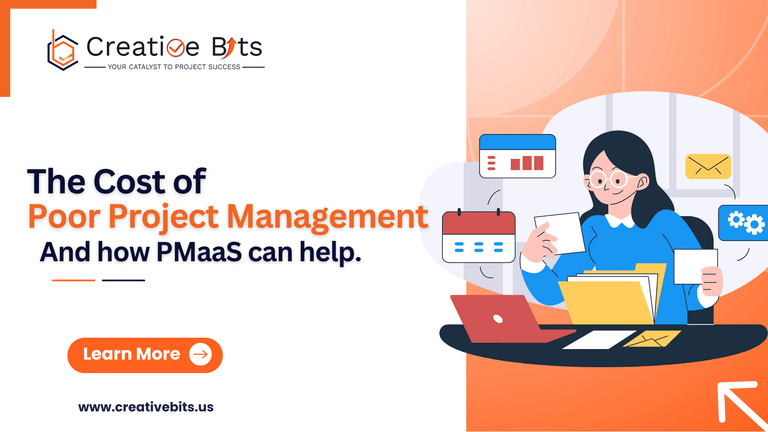In today’s fast-paced business environment, efficiency is the name of the game. Streamlining workflows and improving productivity are essential to stay ahead of the competition. However, finding effective strategies to master efficiency can be a daunting task. That’s where our guide to workflow improvement strategies comes in.
Whether you run a small business or manage a large team, this comprehensive guide is designed to help you unlock the secrets of efficiency. From optimizing processes to eliminating bottlenecks, we dive deep into the strategies that can transform the way you work.
Discover how to leverage technology and automation to save time and effort. Explore techniques for prioritizing tasks and managing your workload effectively. Learn how to foster a culture of continuous improvement within your organization.
With expert insights and practical advice, this guide equips you with the tools and knowledge to boost productivity and maximize efficiency. Whether you want to streamline your workflow or revolutionize your entire team’s processes, this guide will guide you every step of the way.
Understanding workflow efficiency
Efficiency is the ability to accomplish a task or produce a desired outcome with the least amount of time, effort, and resources. In a business context, workflow efficiency refers to the effectiveness and productivity of the processes and systems used to carry out tasks and projects.
To truly master efficiency, it’s crucial to have a thorough understanding of your current workflow. This involves analyzing how tasks are currently being carried out, identifying areas for improvement, and implementing strategies to streamline the entire process.
The importance of workflow improvement
Why is workflow improvement so important? The answer lies in the impact it can have on your bottom line. By improving workflow efficiency, you can save time, reduce costs, increase productivity, and ultimately, deliver better results.
In addition to the financial benefits, workflow improvement leads to increased employee satisfaction and engagement. When employees can work more efficiently, they feel accomplished and are motivated to perform at their best.
Common challenges in workflow management
Before diving into the strategies for workflow improvement, it’s important to understand the common challenges that organizations face in managing their workflows. These challenges can vary depending on the industry and specific business processes, but some of the most common ones include:
1. Lack of clarity and communication: Without clear guidelines and effective communication channels, tasks can easily get lost or delayed, leading to inefficiencies.
2. Manual and repetitive tasks: Spending excessive time on manual and repetitive tasks not only slows down the workflow but also reduces the productivity of employees who could be focused on more important strategic activities.
3. Bottlenecks and dependencies: When certain tasks or individuals become bottlenecks in the workflow, it can cause delays and hinder the overall efficiency of the process.
4. Inefficient use of technology: While technology can be a powerful tool for workflow improvement, it can also become a hindrance if not properly utilized. Incompatible systems, outdated software, and lack of training can all contribute to inefficiencies.
Analyzing and mapping your current workflow
To begin the journey towards improved efficiency, you first need to analyze and map your current workflow. This involves understanding how tasks are currently being performed, who is involved, and the dependencies between different steps.
Start by documenting each step of the workflow, from the initial request or input to the final output or delivery. Identify any redundant or unnecessary steps, bottlenecks or areas of inefficiency. This analysis will provide you with valuable insights into where improvements can be made.
Once you have a clear picture of the current workflow, it’s time to create a visual representation of the process. Workflow mapping tools, such as flowcharts or process diagrams, can help you visualize the steps and dependencies clearly and concisely. This visual representation will serve as a reference point for identifying areas of improvement and implementing changes.
Identifying bottlenecks and inefficiencies
One of the key objectives of workflow improvement is to identify and eliminate bottlenecks and inefficiencies. Bottlenecks are points in the workflow where the flow of work is impeded, causing delays and hindering productivity. Inefficiencies, on the other hand, are areas where tasks are being performed in a less-than-optimal manner, resulting in wasted time and resources.
You can use techniques such as process observation, data analysis, and employee feedback to identify bottlenecks and inefficiencies. Look for tasks or steps that take longer than necessary, dependencies that cause delays, and areas where work piles up.
Once you have identified bottlenecks and inefficiencies, it’s time to brainstorm and implement solutions. This may involve reassigning tasks, introducing automation or technology solutions, or redesigning the workflow altogether. The goal is to create a smoother and more streamlined process that allows work to flow more efficiently.
Implementing automation and technology solutions
Automation and technology play a crucial role in improving workflow efficiency. By automating repetitive and manual tasks, you can save time and reduce the risk of errors. Project management software or collaboration tools such as monday.com and Zoho can also streamline communication and enhance collaboration among team members.
When implementing automation and technology solutions, it’s important to carefully evaluate your needs and choose the right tools for your organization. Consider factors such as scalability, ease of use, integration capabilities, and the level of support provided by the vendor. Training and support for employees should also be considered to ensure a smooth transition and effective utilization of the new tools.
Streamlining communication and collaboration
Effective communication and collaboration are vital for a smooth workflow. Without clear and timely communication, tasks can easily get delayed or misunderstood, leading to inefficiencies. Here are some strategies to streamline communication and enhance collaboration:
1. Set clear expectations: Communicate deadlines, deliverables, and expectations to all team members involved in the workflow. This ensures that everyone is on the same page and knows what is expected of them.
2. Use collaboration tools: Utilize project management software like monday.com and Zoho Projects & Sprints, team messaging platforms, and other collaboration tools to facilitate communication and keep everyone informed about the progress of tasks.
3. Encourage open communication: Foster a culture of open communication where team members feel comfortable sharing ideas, asking questions, and providing feedback. Regular team meetings and check-ins can also help ensure that everyone is aligned and working towards the same goals.
Delegating and prioritizing tasks effectively
Effective task delegation and prioritization are key elements of workflow improvement. By delegating tasks to the right people and prioritizing them based on importance and deadlines, you can ensure that work is completed in a timely and efficient manner.
When delegating tasks, consider the skills and strengths of your team members. Assign tasks to individuals with the necessary expertise and capabilities to complete them effectively. This improves the quality of work and enhances employee engagement & development.
Prioritization is equally important in managing workflow efficiency. Identify tasks critical to the project or business’ success and prioritize them accordingly. Use techniques such as the Eisenhower Matrix or time management frameworks to determine which tasks should be tackled first and which can be deferred or delegated.
Continuous improvement and measurement
Workflow improvement is an ongoing process that requires a commitment to continuous improvement. To sustain and build upon the gains made through initial workflow changes, it’s important to establish a culture of continuous improvement within your organization.
Encourage employees to provide feedback and suggestions for further improvement. Regularly review and evaluate the effectiveness of the changes implemented, using key performance indicators (KPIs) and metrics to measure progress. This data-driven approach allows you to identify areas that still need improvement and make necessary adjustments.
Additionally, staying up to date with industry trends and best practices can provide valuable insights and inspiration for further workflow optimization.
Conclusion: Achieving long-term efficiency gains
Mastering business process efficiency is a journey that requires a commitment to continuous improvement and a willingness to embrace change. By understanding your current workflow, identifying bottlenecks and inefficiencies, and implementing the right strategies, you can unlock your true potential and achieve long-term efficiency gains.
Remember, workflow improvement is not a one-time event but an ongoing process. Regularly review and evaluate your workflow, seek feedback from your team, and adapt to changing needs and technologies. By prioritizing efficiency and streamlining your workflows, you can stay ahead of the competition and succeed in today’s fast-paced business environment.
Ready to take your business processes to the next level? Let us guide you towards efficiency and productivity. Contact us today to discover tailored solutions for streamlining your workflows and maximizing your team’s potential.



